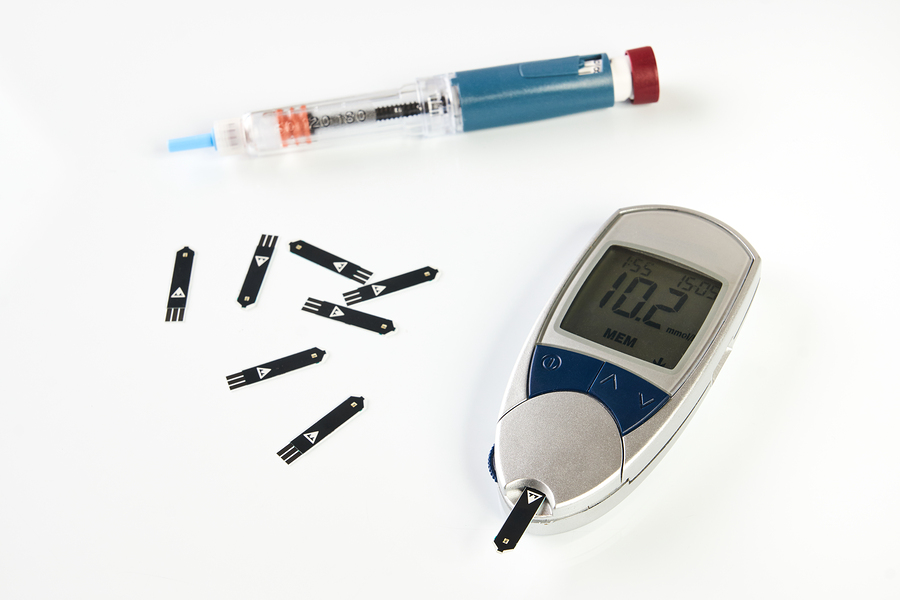Until recently, diabetes came in two distinct varieties. However, a third major type exists, a fact that’s only come to light relatively recently – and it’s far more prevalent than people realized.
New research indicates that this means that plenty of people with the new Type 3c are being misdiagnosed as having Type 2, leading to incorrect treatment. According to the study in the journal Diabetes Care, just 3 percent of people with Type 3c are correctly identified.
RELATED STORY:
A separate study concluded that anywhere between 5 and 10 percent of all diabetics in Western populations actually have Type 3c. That means that millions of people are living with the condition all over the world, and they don’t actually know it.
One of the researchers involved in the UK-centric work, clinical practitioner Andrew McGovern of the University of Surrey, explains that this new Type 3c can be extremely difficult to treat. Not only does it impair the pancreas’ ability to produce insulin, but it also prevents it from making key enzymes which are required for the digestion of food, along with other important hormones.
“People with type 3c diabetes were twice as likely to have poor blood sugar control than those with type 2 diabetes,” he explained in a blog post for The Conversation. “They were also five to ten times more likely to need insulin, depending on their type of pancreas disease.”
RELATED STORY:
This new study highlights the lack of awareness of the condition, not only in the public realm but in the world of biomedical research. For decades, Types 1 and 2 were the only two major categories; others were subclasses, too infrequently diagnosed, or were not distinct enough to warrant much attention.
The first, Type 1, which is far rarer, occurs when the body’s immune system assaults and destroys the insulin-manufacturing cells in the pancreas. Without enough insulin, the body’s blood sugar levels cannot be controlled. This autoimmune condition is thought to be genetic in origin, but the jury’s out on its exact causes.
Type 2 is far more common. It emerges when the body doesn’t produce enough insulin, or when the body’s cells don’t react to insulin as much as they should do – something known as insulin resistance. Again, blood sugar levels cannot be controlled. Unlike Type 1, however, this variety is influenced by your weight, your age, and your genetic makeup.
Gestational diabetes, which occurs as a result of pregnancy, is temporary and is linked to insulin resistance; as such, it’s rarely mentioned as being a separate version of the condition.
RELATED STORY:
Type 3c, by contrast, is mostly caused by damage to the pancreas, usually via chronic inflammation, cancerous growths, or localized surgery. The time between the onset of the damage and the appearance of the condition is often many years, which means that treatment, even when correctly diagnosed, is delayed. As this new study reveals, it’s not even uncommon; it is indeed worthy of its own categorization.
McGovern concludes that their findings “highlight the urgent need for improved recognition and diagnosis of this surprisingly common type of diabetes.”
*Article originally appeared at Healthy Holistic Living.












